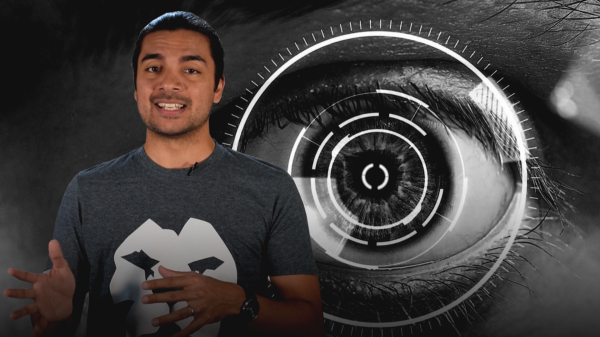
I am greeted with suspicious looks and doubtful glances. They see my overgrown beard and the big backpack I’m carrying and view me with clear apprehension in their eyes. I smile but they do not return it. Then, one woman sees me, gasps and cries out: “How dare you come out like that near our homes? When bombs are going off everywhere! Don’t you know we are all afraid? Can’t you hear us crying? There has been enough violence here. Please leave!”
Her voice attracts curious faces to the narrow road adjacent to the now destroyed St Anthony’s Church in Kochchikade, Colombo 13. After apologising and explaining my purpose, the residents, many of whom have lost their families and friends, calmed down. Their fear was palpable. As soon as it rose up, it bubbled down, only to be replaced by a devastating grief. Tears welled up in the woman’s eyes. She said, “I’m sorry, putha. We are all very sad these days.”
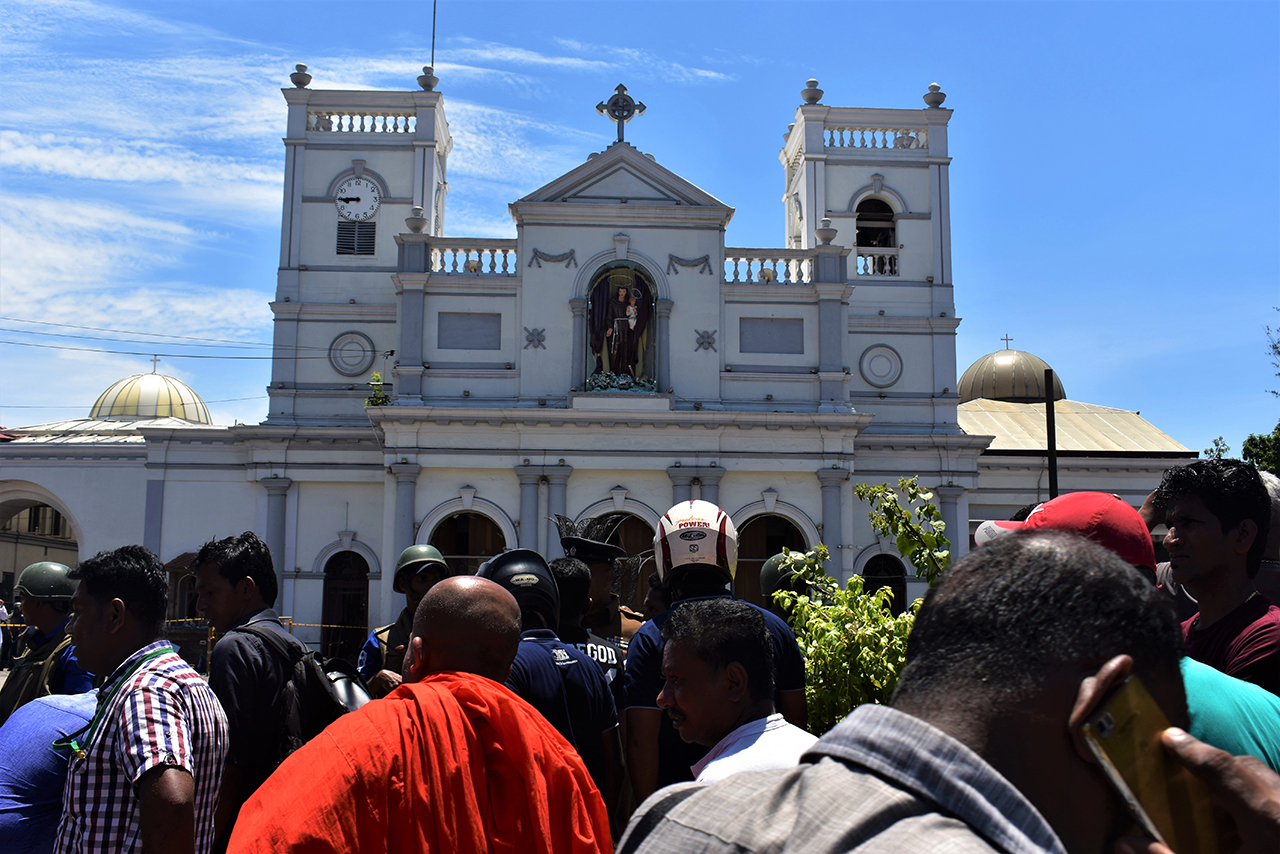
It was 8.45 am. The hands of the clock are stuck. The impact of the explosion on Easter Sunday (April 21) threw the cogs and wheels of the clock off their usual course, and now they are frozen in time.
Every morning, many of the residents in the area still come out to the yellow crime scene tape that has been drawn by the Police, marking the security perimeter around the St Anthony’s Church. It’s almost as if by instinct. Recovering from the shock has been difficult for many. Besides, it was a shared experience—and continues to be.
“We were near the Mother Mary statue inside the church when we heard an immense sound — it sounded like a firecracker but louder and scarier,” 60-year-old Mary Janet told me. She sells candles outside the church every Tuesday.
Candle sellers are synonymous with St. Anthony’s Church. You can see them near the entrance, holding out candles to church goers.
Since it was Easter, and since her family couldn’t attend the Saturday night mass, Mary Janet and her clan —including grandmothers, daughters and grandchildren—had participated in the service that morning.
“One of our daughters gave birth and we brought the newborn along with the other children so that they could be blessed by the priests. We were going around the church, kissing the statues and saying prayers. We escaped the blast. Everyone I know survived because of the grace of our God. That’s what we have told our children. But so many others lost their lives. It was our holy day and we spent the night in tears. We had no one to tell our grief except God.”
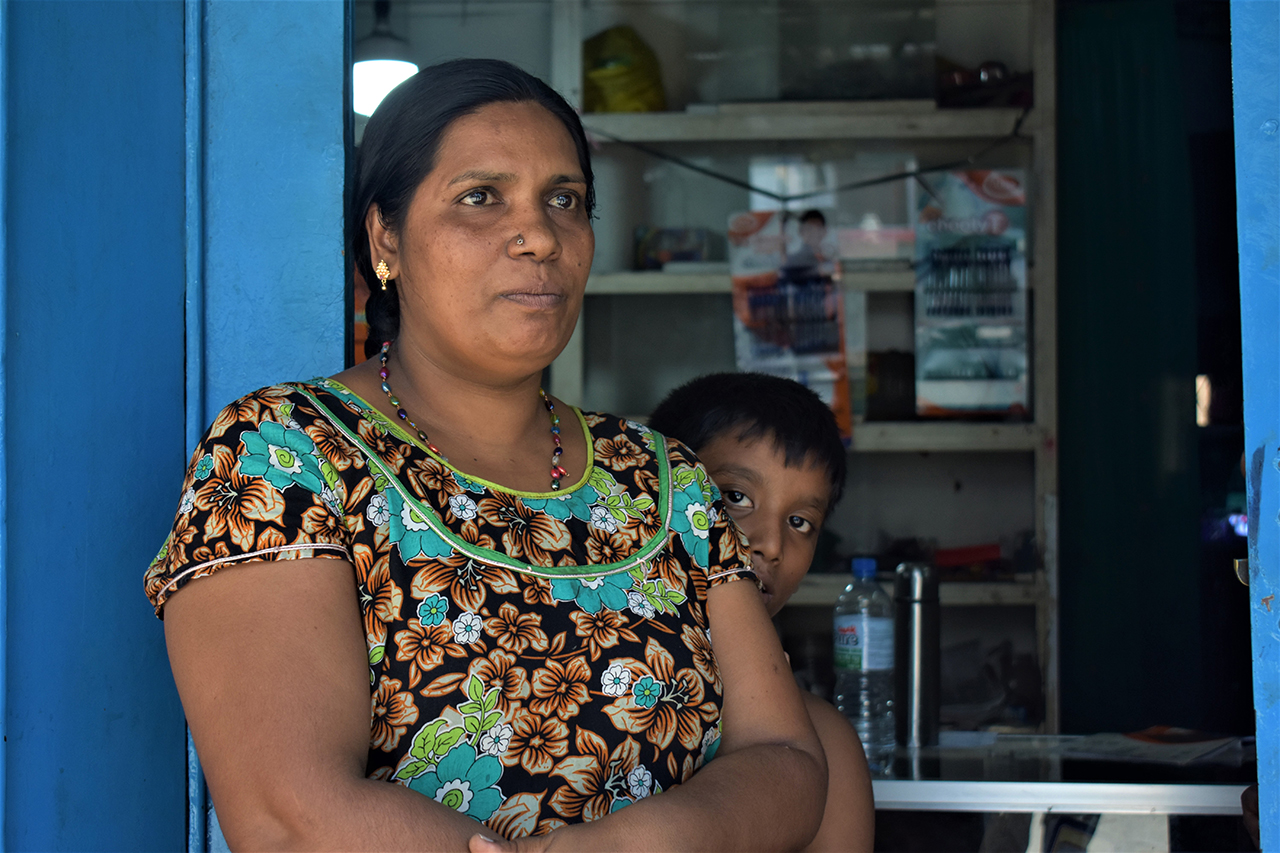
Photo credits: Kris Thomas / Roar Media
Father Joey, who was delivering the service on that morning, had recalled to authorities that he had seen a bright red ball flying across the church towards the altar, after the explosion. The ball had fallen somewhere close to the church organ, he had said. For the life of him, he could not fathom what it was.
While retelling this story afterwards, Brother Herman said a group of other priests had searched near the church organ afterwards. They discovered that what Father Joey had seen was a dismembered human head.
“I had just finished breakfast and was about to prepare the Holy Communion. I heard a large sound as if a generator had exploded. I stepped out to see the entire inside premises of the church covered in dust and smoke. Father Joey was walking down towards the entrance of the church; dazed and in shock. We had to escort him out with all the others. My church was a bloodbath,” he said.
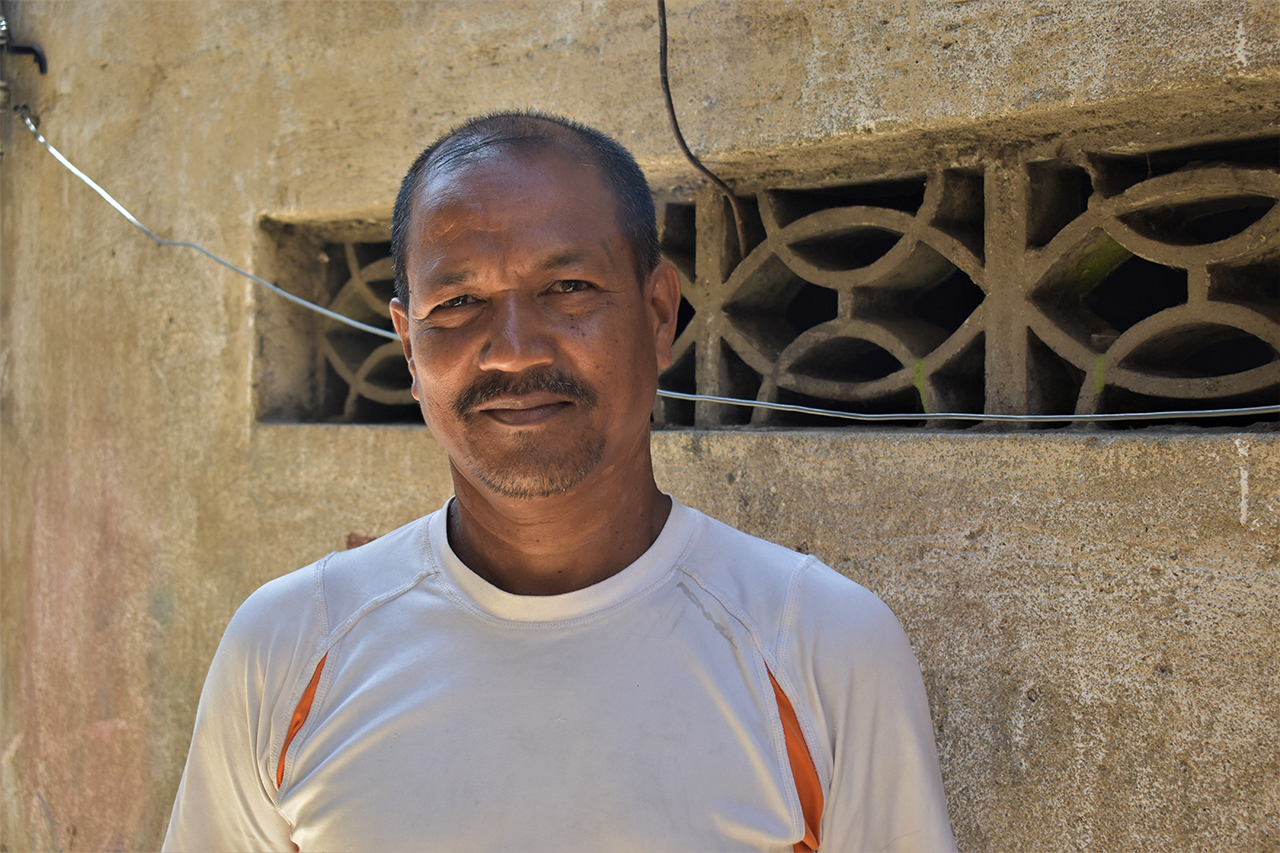
Photo credits: Kris Thomas / Roar Media
To many of the denizens of Kochchikade, the church is the heart and soul of the town. Everything revolves around it. That powerful connection with the church and its patron saint, surpasses all religious divisions. . Despite their ethnicity—and Kochchikade is a multicultural hub where you find kovils, mosques, temples and churches in close proximity—the community believes that the saint watches over them.
“Even during the 1983 riots, when my [Tamil] people were being burned alive and murdered all over the country, no one dared lay a finger to this community,” Jaya Kumar (64) said. “Nothing happened in Kochchikade during the pogrom. And we believe that it was because of the saint.”
Kumar is a Hindu. He is now retired and serves as the caretaker of a small kovil down the road, which his mother used to oversee. He showed us his altar, where Ganesh and Krishna share space with a statue of St. Anthony and framed pictures of the Virgin Mary.

Photo credits: Kris Thomas/ Roar Media
Kumar said, “Maybe it was because we are such a close-knit community that the perpetrators wanted to bomb our church. Otherwise there was no reason to attack the one place that kept this place safe and peaceful for all these years. We thought things like this would be over with the war.”
For others, the loss felt personal even when it wasn’t.
“I personally did not lose anyone. But everyone that we lost were from the village, so it hurts as much as a family death,” F. Fernando (43) told us while tying black and white flags of mourning. These flags were strung up above the roads and bypaths leading to and away from the church.
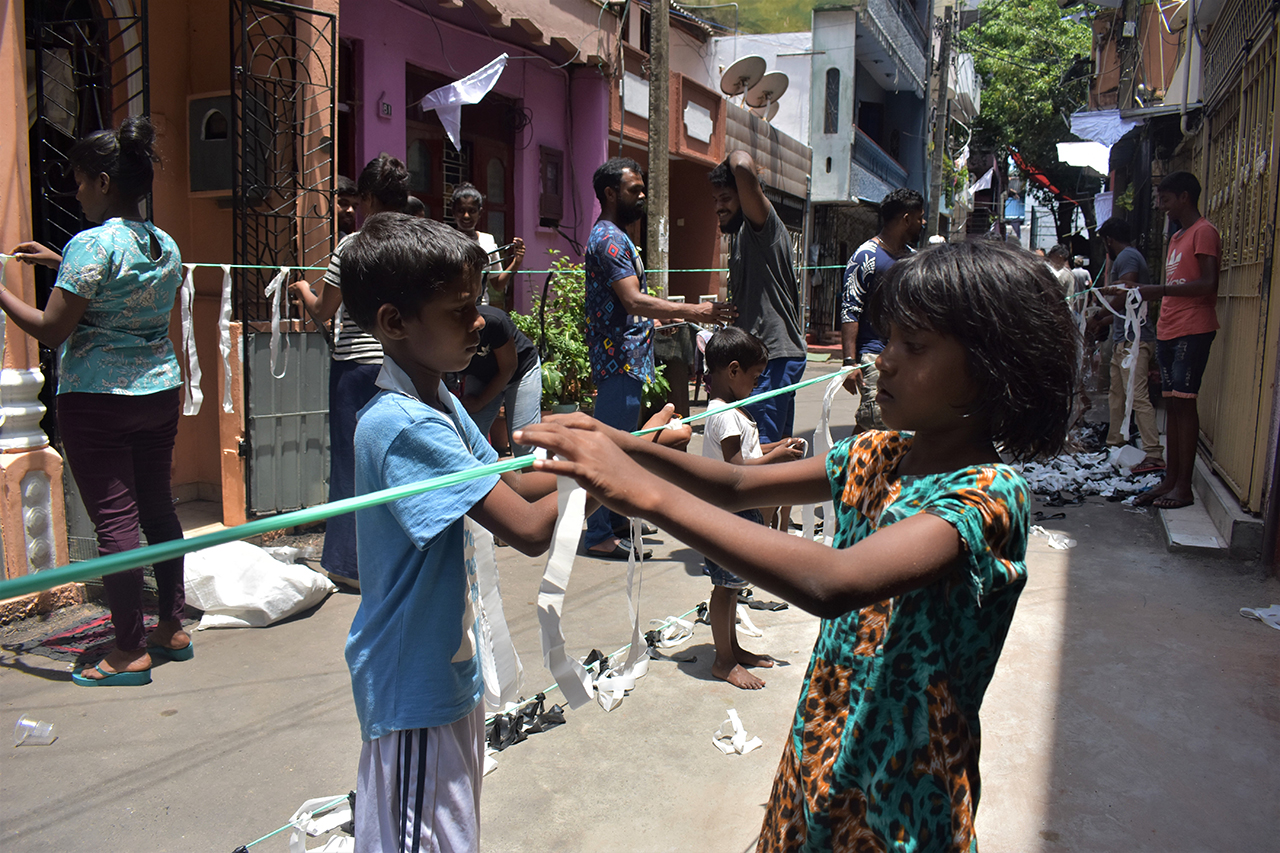
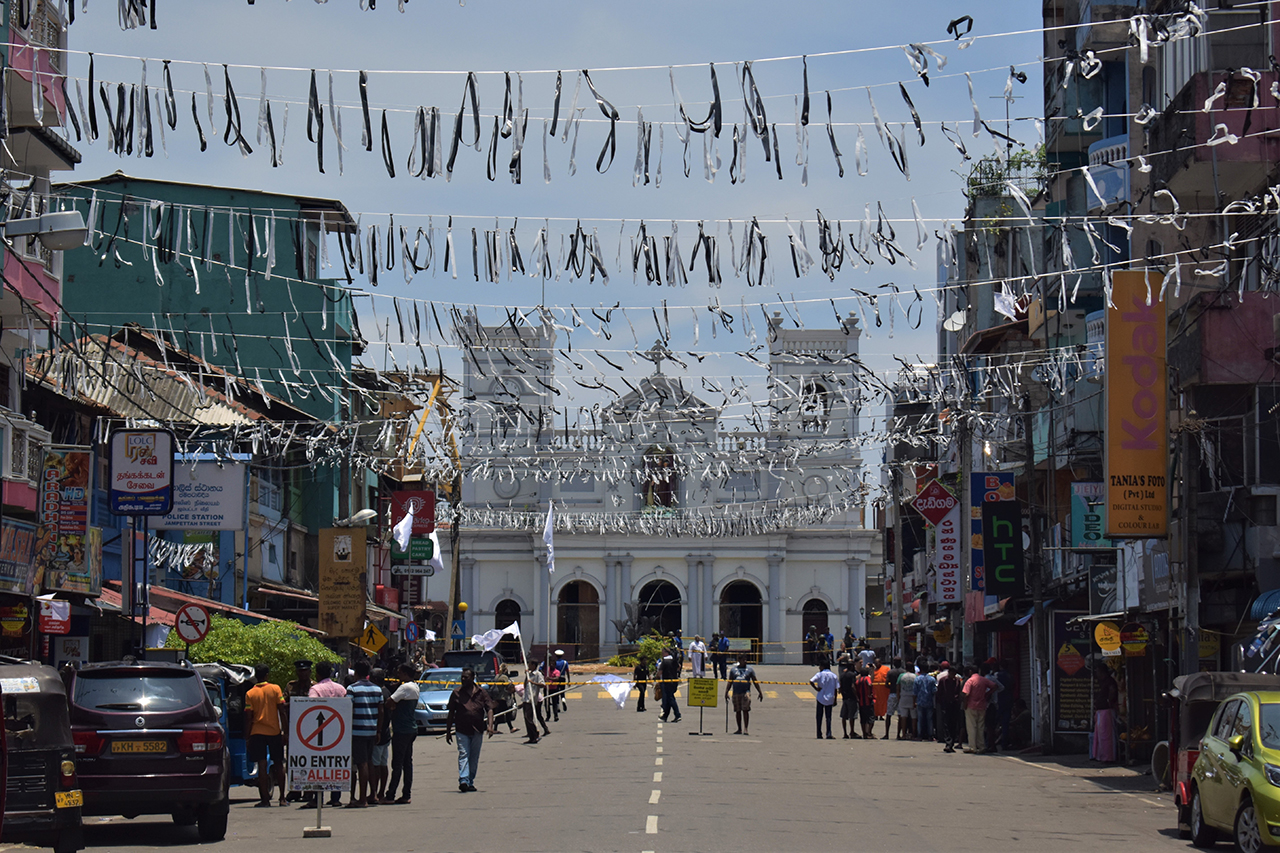
Even before the dust has settled, there are palpable fears about communal tensions.
The Kochchikade Jumma Mosque was damaged in the second explosion that took place on Monday, April 21. Law enforcement detected the bomb and evacuated the public in order to conduct a controlled explosion. However, many of the nearby buildings sustained minor damages such as broken windows. Naufer, who was praying at the mosque said, “We trust the people in the village. But we are afraid to go out wearing the cap. We are not sure as to what would happen.”
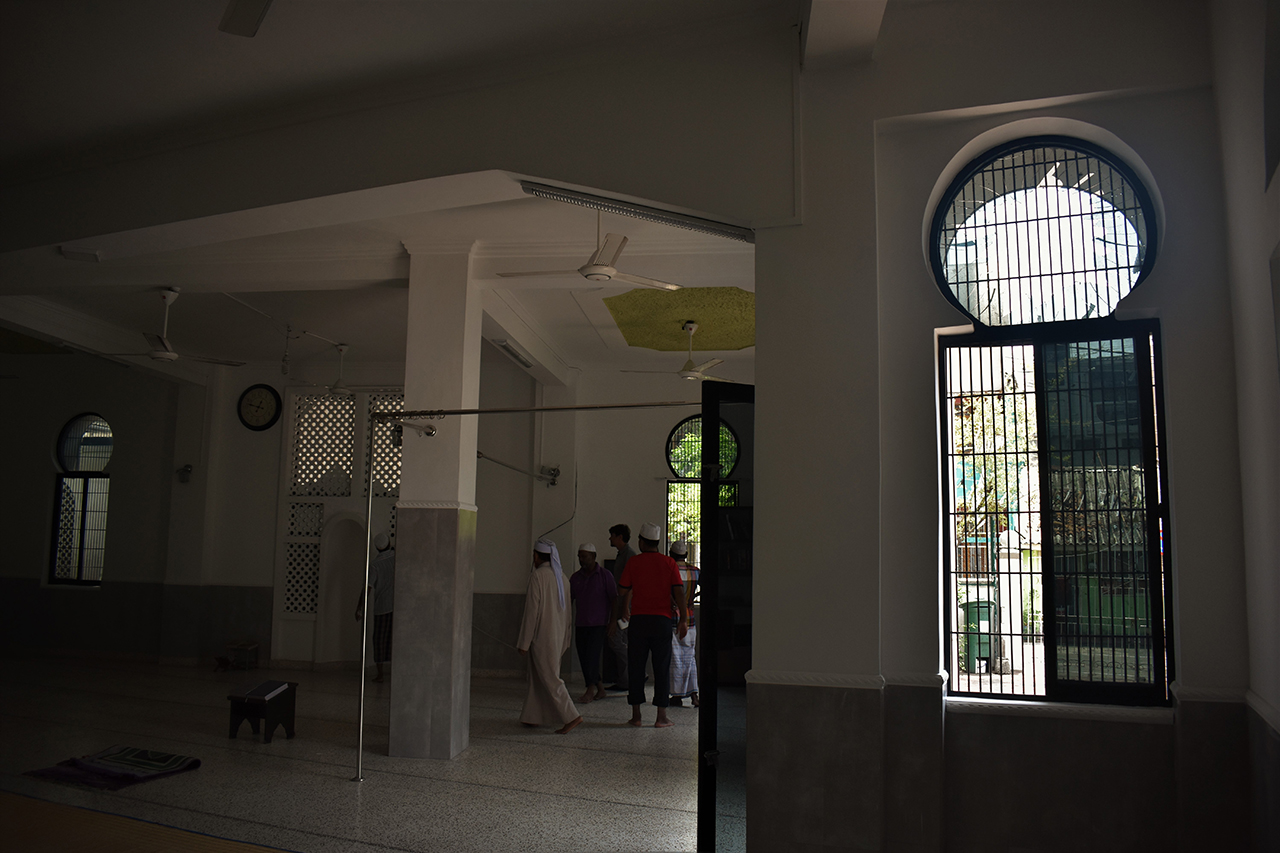
Photo credits: Kris Thomas/ Roar Media
For those who survived the blast, it is clear that life as they know it has changed irreversibly.
Delicia Fernando and her husband, Anthony Santiago Fernando, went to church that morning with the entire family. Delicia and their children—two daughters and a son—were at the front of the church while Anthony was at the entrance, where the statues of various saints are kept.
Anthony Santiago Fernando, named after the patron saint of the church himself, was found lying unconscious on the floor by his son after the explosion. Delicia and her son carried him out together when the ambulance arrived. He was taken to hospital but they weren’t allowed to come with. Later that day, they heard from the hospital that he had been pronounced dead on arrival.
“I think he was close to the explosion,” Delicia told us. “But he didn’t have any major wounds. We were not sure how he had died until the post mortem told us that a metal piece had struck his heart and it had stopped working.”
Her eyes welling up but with a smile on her face, she recalled:
“Anthony had a good heart. He never had much money with him. When he got paid, he would come home and give his salary to me. If you approached him and said you were hungry, he was the kind of person to buy you food and stay hungry the entire day. Now, he’s gone and I fear for the future of our children.”

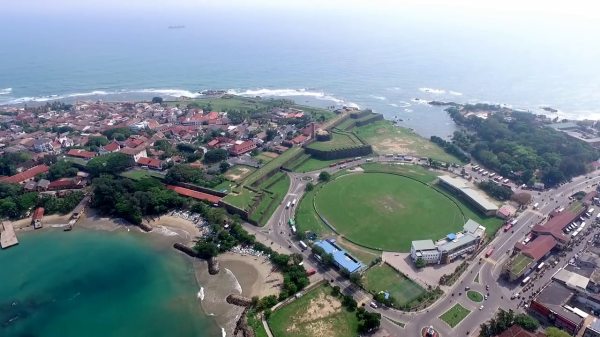

.jpg?w=600)
